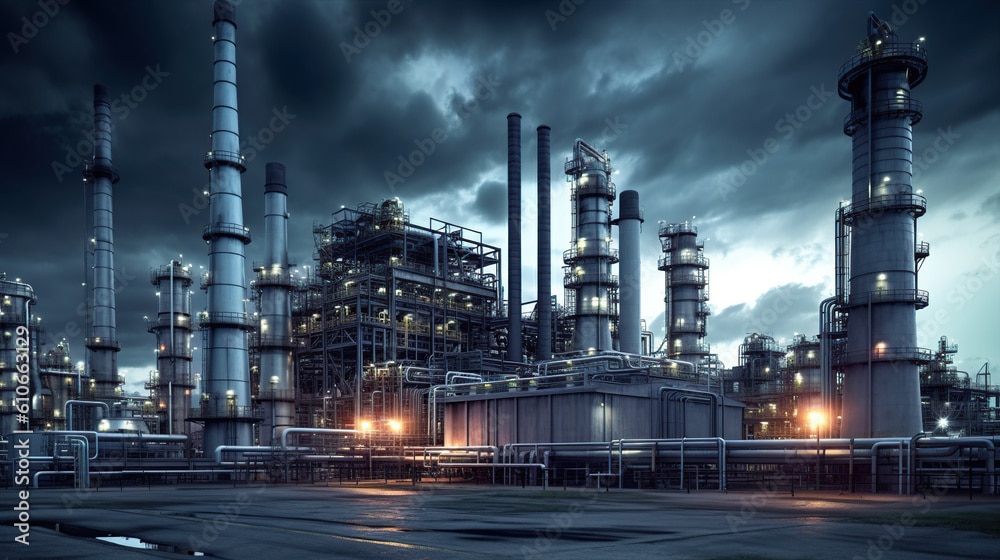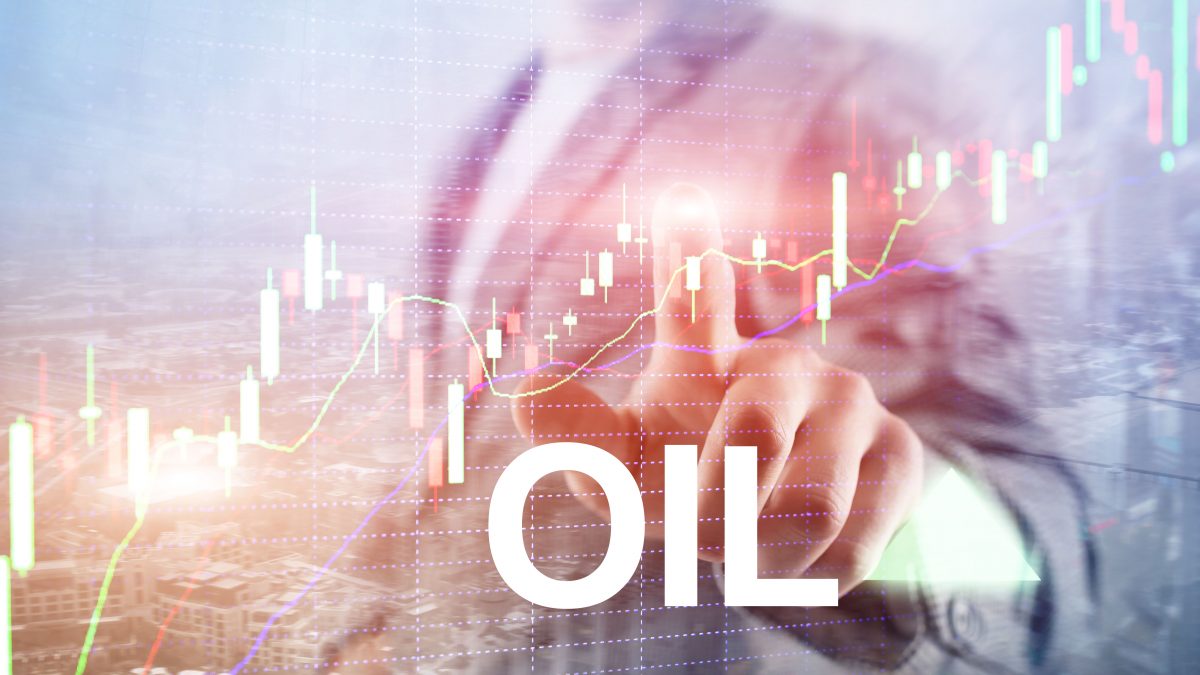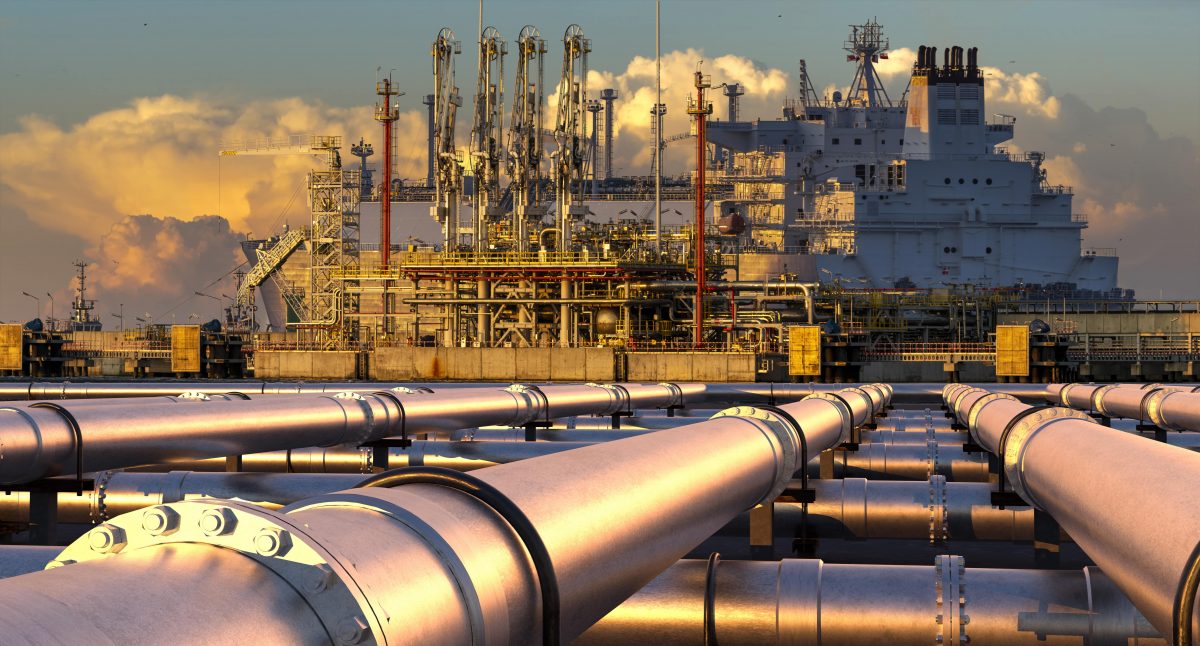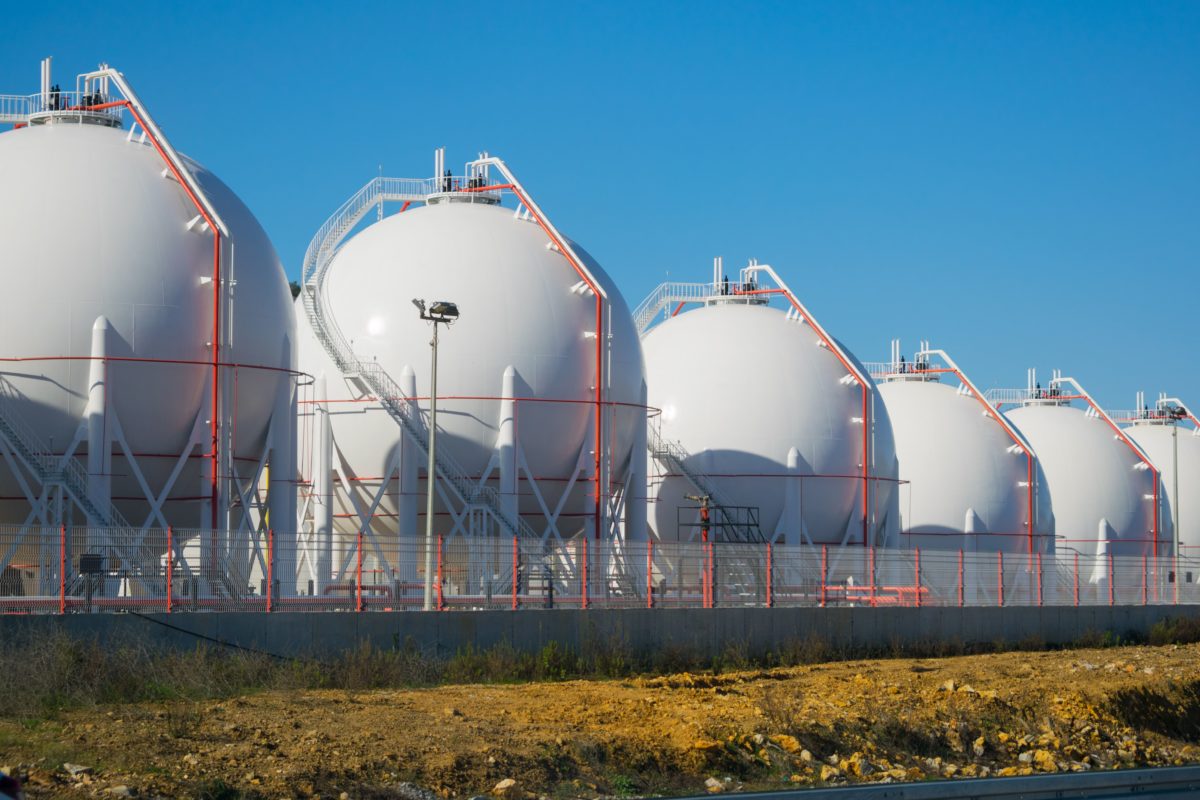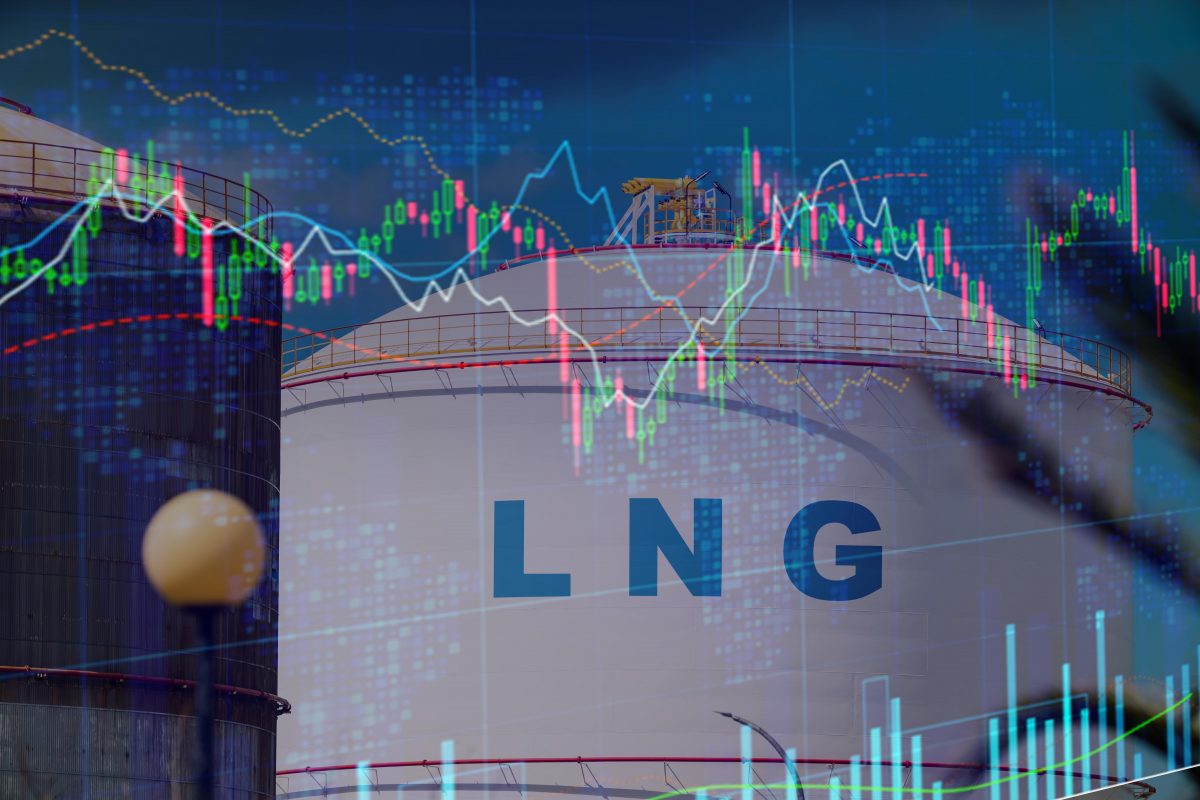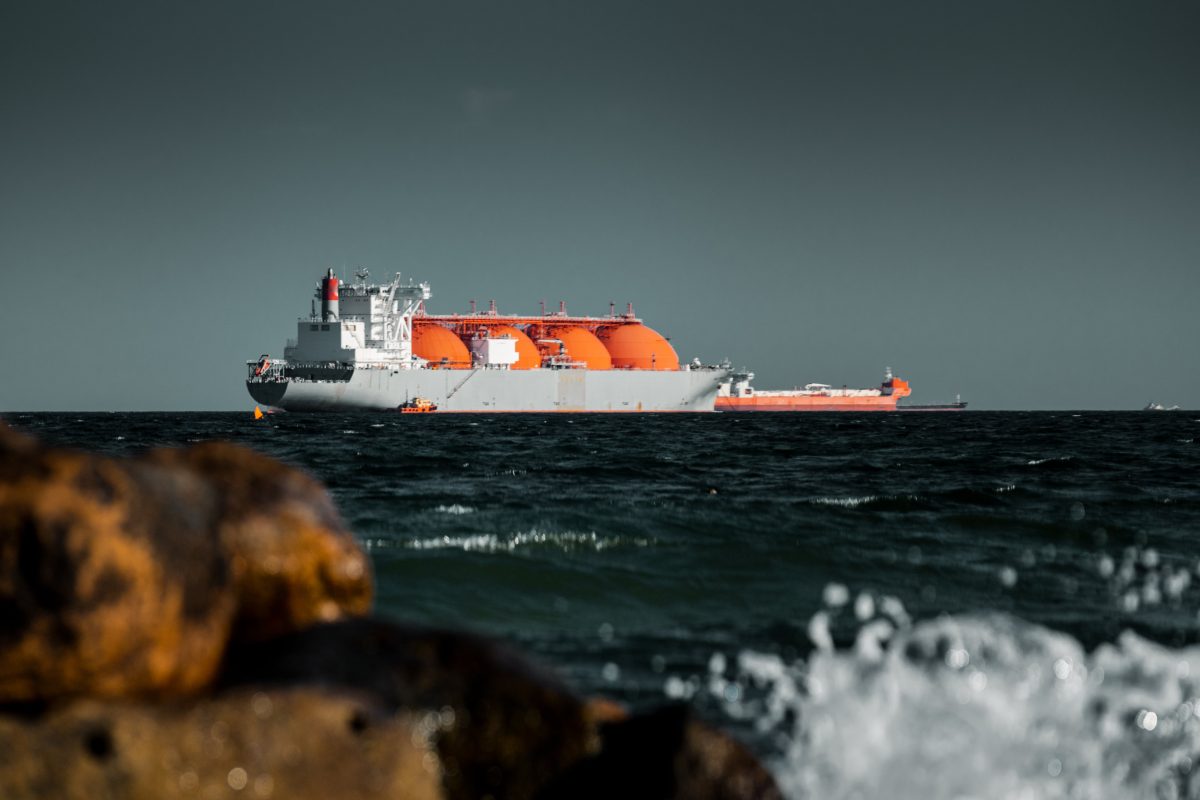The oil and gas industry pulls in a massive $4.3 trillion in revenue as of 2023. AI in oil and gas is a vital technology that keeps this enormous operation running smoothly. Most companies in this sector – over 92% – are already investing in artificial intelligence or plan to do so soon.
This widespread adoption has pushed the AI market in oil and gas toward significant growth. Experts project an increase from $3.14 billion in 2024 to $5.7 billion by 2029. Companies see impressive results already, with AI integration reducing operational costs by up to 20%. Shell’s experience shows how predictive maintenance helps cut unplanned downtime by 20% and slashes maintenance costs by 15%.
This piece will show how AI transforms equipment maintenance in the oil and gas industry. You’ll learn why it has become essential to prevent failures that can get pricey.
The True Cost of Equipment Failures in Oil and Gas
Equipment failures in oil and gas operations devastate finances industry-wide. A single hour of downtime now costs oil and gas facilities nearly $500,000. This amount has more than doubled from what it was two years ago.
Annual Industry Losses from Unplanned Downtime
Equipment failures have pushed financial losses to new heights. Fortune Global 500 industrial organizations lose about $1.5 trillion each year due to unplanned downtime. These losses make up 11% of their yearly turnover. Oil and gas facilities now face yearly losses of $149 million from unplanned downtime. This represents a dramatic 76% increase over the last several years.
Short interruptions can get pricey. Just 1% downtime (3.65 days) leads to annual losses of over $5 million. Upstream companies face an average of 27 days of unplanned downtime yearly. This results in costs reaching $38 million.
Hidden Costs Beyond Equipment Repair
Equipment failures affect businesses way beyond the reach of immediate repair costs. These hidden costs include:*Workers and operations sitting idle, leading to lost productivity
Spills and leaks causing environmental damage
Penalties from regulators and legal issues
Disrupted supply chains affecting downstream customers
Damaged brand reputation and lost customer trust
Supply chain disruptions hit oil and gas operations hard. These facilities produce raw materials that many industries need. Equipment failures trigger heavy contractual penalties. Early-stage producers face the worst financial fallout as these penalties cascade down the supply chain.
The Norilsk diesel oil spill in Russia (May 2020) shows these far-reaching effects. An equipment failure caused 17,500 tons of diesel oil to pollute nearby rivers. This led to massive environmental damage and cleanup costs.
Companies now realize that traditional time-based maintenance doesn’t cut it anymore. They spend up to 20% of their operational budgets on unplanned maintenance. Rising downtime costs and this big spending show why predictive maintenance is vital to prevent catastrophic failures in the oil and gas industry.
Building the AI-Powered Early Warning System
AI-powered early warning systems in oil and gas operations now depend on advanced sensor networks and data processing frameworks. These systems analyze operational conditions without stopping. They can detect equipment failures hours or even days before they happen.
Required Sensor Infrastructure
A complete sensor network serves as the foundation for predictive maintenance systems. Smart sensors must be embedded throughout oil and gas sites to track critical parameters. These sensors monitor several equipment conditions:
Temperature fluctuations and hotspots
Vibration patterns and acoustic signals
Pressure variations and fluid levels
Rotational speed measurements
Equipment voltage fluctuations
Data Collection Framework
The data collection process works through a two-stage historian system. The offshore historian stores immediate operational data to ensure quick access for urgent analysis. This information then moves to an onshore historian for complete review and long-term storage.
A dedicated data pipeline moves the collected information to cloud environments regularly. The system also combines event-based data from Computerized Maintenance Management Systems (CMMS) and daily progress reports to boost predictive model accuracy.
Real-time Monitoring Setup
The monitoring system analyzes data streams immediately and spots subtle anomalies that could signal developing problems. Computer vision technologies get into equipment conditions through video feeds and add another layer of monitoring capability.
Condition-based monitoring helps the system watch over critical equipment like drilling rigs and pipelines. The system triggers maintenance alerts when readings show a performance decline. This proactive approach prevents equipment failures. Some systems can send warnings up to one full hour before potential breakdowns.
Machine learning algorithms process big amounts of sensor data to create detailed models of equipment health. These models are remarkably accurate – reaching up to 92% in predicting potential failures. The AI system spots irregularities that human operators might miss by analyzing operational patterns continuously. This allows timely interventions before small issues become major failures.
Implementing Predictive Maintenance with AI
Oil and gas facilities need to pay close attention to data quality and system architecture for predictive maintenance to work. Studies show that poor data quality causes 80% of AI project failures in industrial settings.
Data Quality Requirements
Quality data is the lifeblood of predictive maintenance systems. Oil and gas companies must meet specific criteria for AI implementation. Raw sensor data needs proper cleaning and preprocessing. This includes normalizing and standardizing measurements across different sensors.
Data validation processes must verify the integrity of these data sources:
Sensor readings from equipment
Maintenance logs and historical records
Operational data from legacy systems
Environmental condition measurements
Yes, it is essential to have strong data quality management. This helps prevent AI “hallucinations” – incorrect or misleading predictions that happen when models train on poor quality data.
Machine Learning Model Selection
We selected machine learning algorithms based on the specific failure modes under monitoring. Decision trees and random forests work best at spotting clear patterns in equipment behavior. Neural networks handle complex, non-linear relationships in operational data more effectively.
Historical data is split into two parts to train these models. The split typically uses 70-80% for training and 20-30% for testing. Notwithstanding that, the model’s performance needs constant evaluation. Metrics like accuracy, precision, and recall ensure reliable predictions.
Integration with Existing Systems
The integration phase creates major challenges due to aging infrastructure and legacy systems in oil and gas facilities. AI implementations often hit roadblocks with data silos and incompatible formats across operational technologies.
Trailblazing solutions include data integration platforms and middleware that connect modern AI systems with existing infrastructure. Research indicates that oil and gas companies invest heavily to ensure uninterrupted communication between predictive maintenance systems and legacy equipment.
Performance monitoring plays a significant role after implementation. The system needs regular recalibration as new failure data comes in. This ensures AI models adapt to changing operational conditions. Such ongoing optimization helps companies cut maintenance costs by up to 40% by preventing unplanned downtime.
Real-World Success Stories and ROI
Oil and gas giants have seen amazing returns after adding AI to their maintenance operations. Their success stories show how predictive maintenance systems work in the real world.
Shell’s 40% Reduction in Downtime
Shell’s experience with AI focuses on equipment monitoring and maintenance optimization. Their system processes over 20 billion rows of data weekly from more than 3 million data streams. The company keeps track of more than 10,000 equipment pieces using AI-powered predictive maintenance. This generates over 15 million predictions each day.
The results speak for themselves:
40% reduction in equipment failure-related incidents
20% decrease in maintenance costs, saving about $2 billion each year
35% reduction in unplanned downtime, which led to a 5% boost in operational uptime
Shell’s Netherlands refinery’s AI system spotted 65 control valves that needed repair. Traditional methods had missed these issues. This early detection stopped potential hydrocarbon breakthroughs downstream and ended up avoiding production losses and environmental risks.
BP’s $10M Annual Savings
BP has cut costs significantly through its AI projects. The company put $5 million into Belmont Technology’s AI platform “Sandy.” This platform aims to cut data collection, interpretation, and simulation time by 90%.
The investment paid off well as BP grew its AI capabilities worldwide. Their digital platform looks at live data to optimize energy asset performance. This created big savings through better flexibility and improved renewable generation management.
BP looks beyond just saving money with AI. They bought AI-driven energy optimization company Open Energi. Their Dynamic Demand 2.0 platform uses artificial intelligence to cut electricity costs. The system analyzes and optimizes assets while reducing energy use during expensive peak periods.
These AI solutions help BP keep electricity grids stable and make use of low-carbon energy resources. Their AI-optimized energy asset network now handles over 80MW of total capacity. This shows how predictive maintenance and broader operational improvements work together to deliver great returns on investment.
Overcoming Implementation Challenges
AI systems in oil and gas operations come with unique challenges that we just need to think over and plan carefully. The benefits are huge, but companies must tackle several critical aspects for successful deployment.
Data Security Concerns
Oil and gas companies face their biggest problem in cybersecurity as they connect AI systems with critical infrastructure. AI systems’ interconnected nature creates weak spots that bad actors might exploit. Companies must build strong security measures to keep sensitive operational data safe.
Key security challenges include:
Data pipeline attacks can harm the whole data collection and training process
Model control attacks where malware can mess with decision-making processes
Supply chain weak points through third-party software components
Companies alleviate these risks with detailed security protocols. They run regular security checks, encrypt sensitive data, and watch system access closely. They also stay compliant with industry rules while protecting data privacy.
Staff Training Requirements
The lack of experts who know both AI and oil and gas operations creates a tough challenge. Right now, 29% of executives say their core team’s knowledge gap is what holds back AI implementation.
A good training program has:
Technical training for specific AI tools and applications
Knowledge of oil and gas processes
Cybersecurity awareness and best practices
Data quality management protocols
We focused on improving existing employees’ skills through mutually beneficial alliances with educational institutions. This helps fill the talent gap while keeping industry knowledge intact. The companies also create training programs to help staff understand what AI can and cannot do.
Budget Allocation Strategy
AI implementation needs smart budget planning because of its high costs. The original expenses include software, hardware, training programs, and maintenance. Companies must get a full picture of the costs and benefits to back these investments.
A smooth budget allocation covers:
- Infrastructure Investment
Sensor deployment and maintenance
Data storage and processing capabilities
Security system implementation
- Operational Costs
Staff training and development
System maintenance and updates
Data quality management
- Risk Management
Cybersecurity measures
Compliance requirements
Contingency planning
Companies can make their budgets work better with live analytics that shows accurate projections based on past and current data. This helps them prepare for different maintenance scenarios and adjust their budgets.
The implementation works best when companies watch their budget performance and get automatic alerts if spending goes over set limits. Budget plans need to stay flexible to handle new challenges and opportunities in AI implementation.
Conclusion
AI-powered predictive maintenance is revolutionizing how the oil and gas industry handles equipment failures. Companies now detect potential breakdowns days in advance through sensor networks and machine learning algorithms. This technology helps reduce the $1.5 trillion yearly losses caused by unexpected downtime.
Industry leaders have already proven the remarkable benefits. Shell reported 40% fewer equipment failures, while BP saves $10 million every year. These results come from well-planned implementation strategies that focus on quality data collection, proper model selection and system integration.
The oil and gas sector keeps moving toward AI-driven maintenance solutions despite concerns about cybersecurity, staff training and budgets. Companies that tackle these challenges while keeping strong security measures and detailed training programs can prevent expensive failures before they hurt operations.
This move to predictive maintenance is changing oil and gas operations fundamentally. A single hour of prevented downtime saves up to $500,000. Companies that use these solutions as sensor technology and AI capabilities improve will gain competitive edges and protect their assets and environment better.
By: Energies Media Staff / February 8, 2025.



